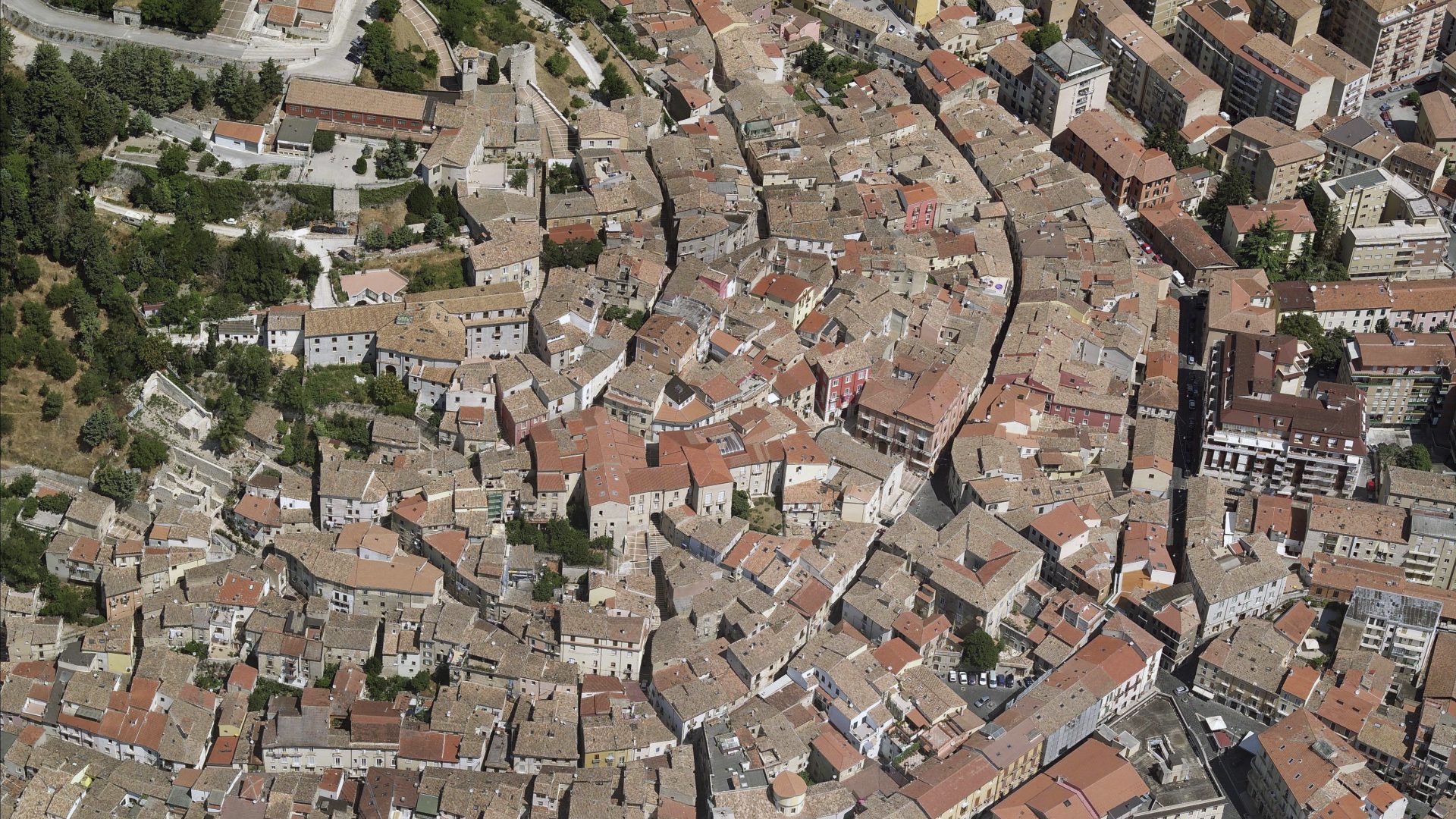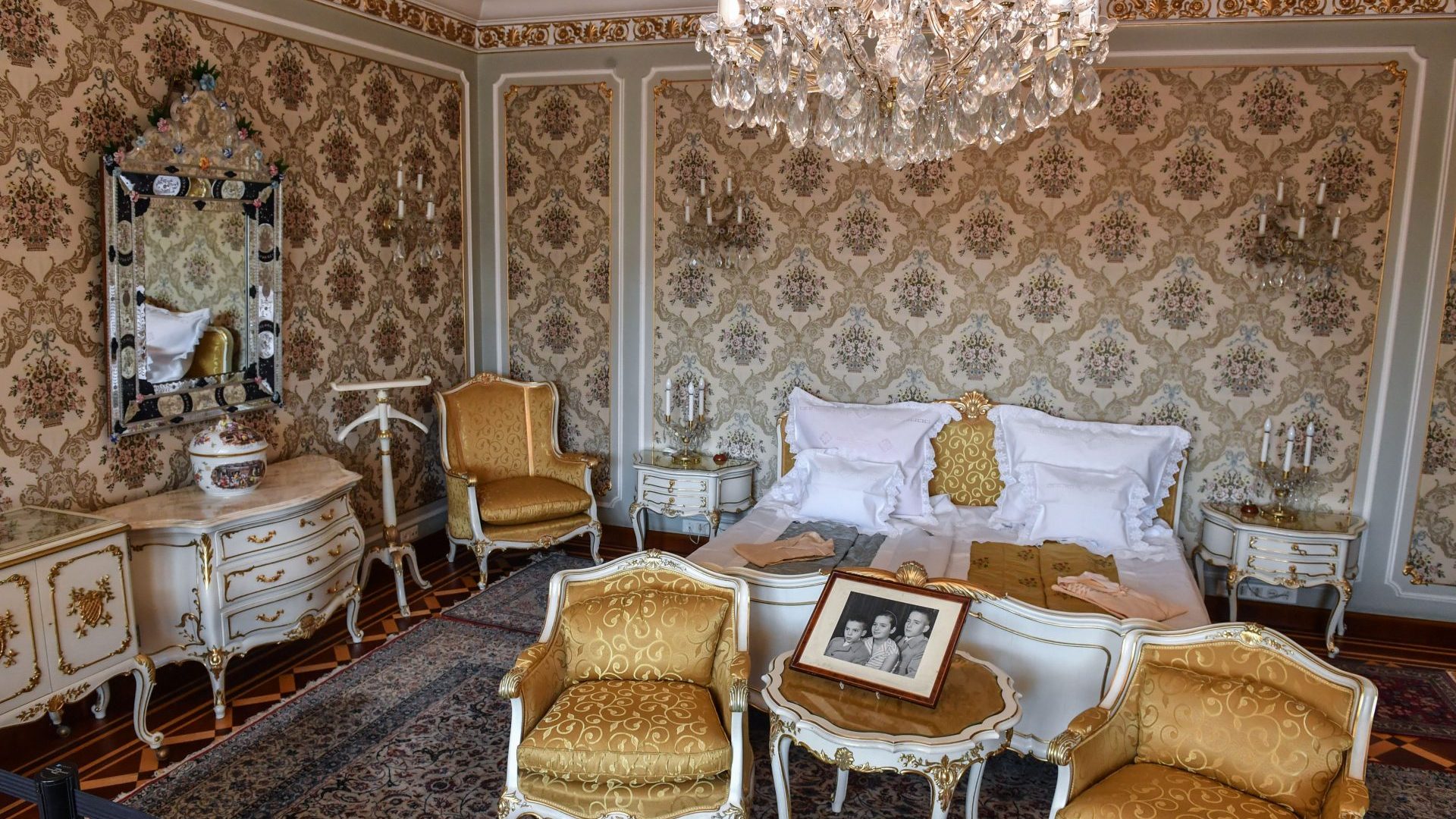Imaginary, faraway lands – Narnia, Oz, Middle-earth – are the sort of thing you usually read about in childhood books.
Molise, however, never quite makes the cut. This mountainous area bordering the Adriatic sea has become something of a laughing stock among Italians over the past decade. If you say you’re from Molise, any good-humoured Italian would say “it doesn’t exist”. There’s even a social media hashtag called Il Molise non esiste. A book has been written and published on this running joke.
I first heard about this fictional place four years ago when my friend in Rome, who had recently got married, decided to move to Molise. When he announced his intention the table burst out laughing. Didn’t he know it wasn’t real?
OK, Molise does actually exist, but it’s tiny. The region is home to around 300,000 Molisani, and a sixth of those people live in the capital, Campobasso.
As if to emphasise its diminutive size, Molise is sandwiched between several of the biggest, most important regions in the country. Lazio has Rome, Abruzzo is up and coming in every travel magazine, Campagnia has the Amalfi coast and Naples, and Puglia is home to some of the best beaches on the continent, as well as being the host of this year’s G7.
Molise is the ancestral home of Robert De Niro and the student-favourite pasta shape, fusilli. And that’s about it.
Curious to learn more, I decided to visit. Molise is split into two provinces, Campobasso and Isernia, making Isernia the second most notable town in the area. I set off.
The ride was smooth and became more beautiful the closer I got. Mountains, hills and greenery are everywhere. I thought to myself, if Molise’s nature looks like this, why does it get the fewest tourists of all the 20 Italian regions?
The answer was pretty clear when I arrived in Isernia and stepped out of the train.
I wasn’t expecting much from the town. The only train station exit in Italy I’ve ever been bowled over by is Venice – the view of the Grand Canal hits you in a way you’ll never forget. But I suppose I was expecting at least a bustling piazza, especially as I had arrived at lunchtime.
Instead, I was met by a glum piazza, and a town centre scattered sparsely with people. Even the name of Isernia train station looked as though it had been half rubbed out, as though in denial of what it actually was.
It was probably the quietest town I’ve ever visited in Italy. I’ve seen graveyards with more life. That’s not to say the town centre was ugly – far from it. There was a beautiful fountain, a cathedral with a wonderful decorated ceiling and a museum where I learned that Molise is the youngest of the Italian regions after splitting with neighbouring Abruzzo in 1963. There have been rumours of the two reuniting again due to Molise’s weak GDP, but the regional president, Quintino Pallante, laid those rumours to rest three months ago when he ruled it out.
“We’re our own little place,” said the manager of Sapiens Cafè, an eatery just off the central square. I was one of three customers. “Isernia is a small town and Molise is a small region, but it is home and there are things to do here too, especially for wildlife,” he continued.
I asked him what he thought about Molise being the butt of Italian regional jokes. “You have to laugh about it, because it is amusing. Of course it exists. I think it makes people more curious to come here.”
I wolfed down the remainder of my panino and headed outside to see a tourist bus pulling up by the stop opposite the cafe. Perhaps the hashtag is working.
And why shouldn’t it? Not many people can say they’ve been somewhere that doesn’t exist.
Jessica Lionnel is a freelance journalist based in Rome




